Billion-dollar cleanup costs, vanishing seagrasses and dying manatees are part of a rollcall of problems environmental advocates tie to the amount of human waste tainting waterways along Florida’s east coast.
There are other causes as well for some problems, but fecal by-products ― sometimes seeping from septic tanks, or from sludge labeled biosolids and poured onto farm fields ― have gained growing attention as a pollution source along the 310-mile St. Johns River and the Indian River Lagoon.
“It’s all tied together,” said St. Johns Riverkeeper Lisa Rinaman, whose organization has highlighted ways biosolids polluting the St. Johns near its headwaters can harm the entire river.
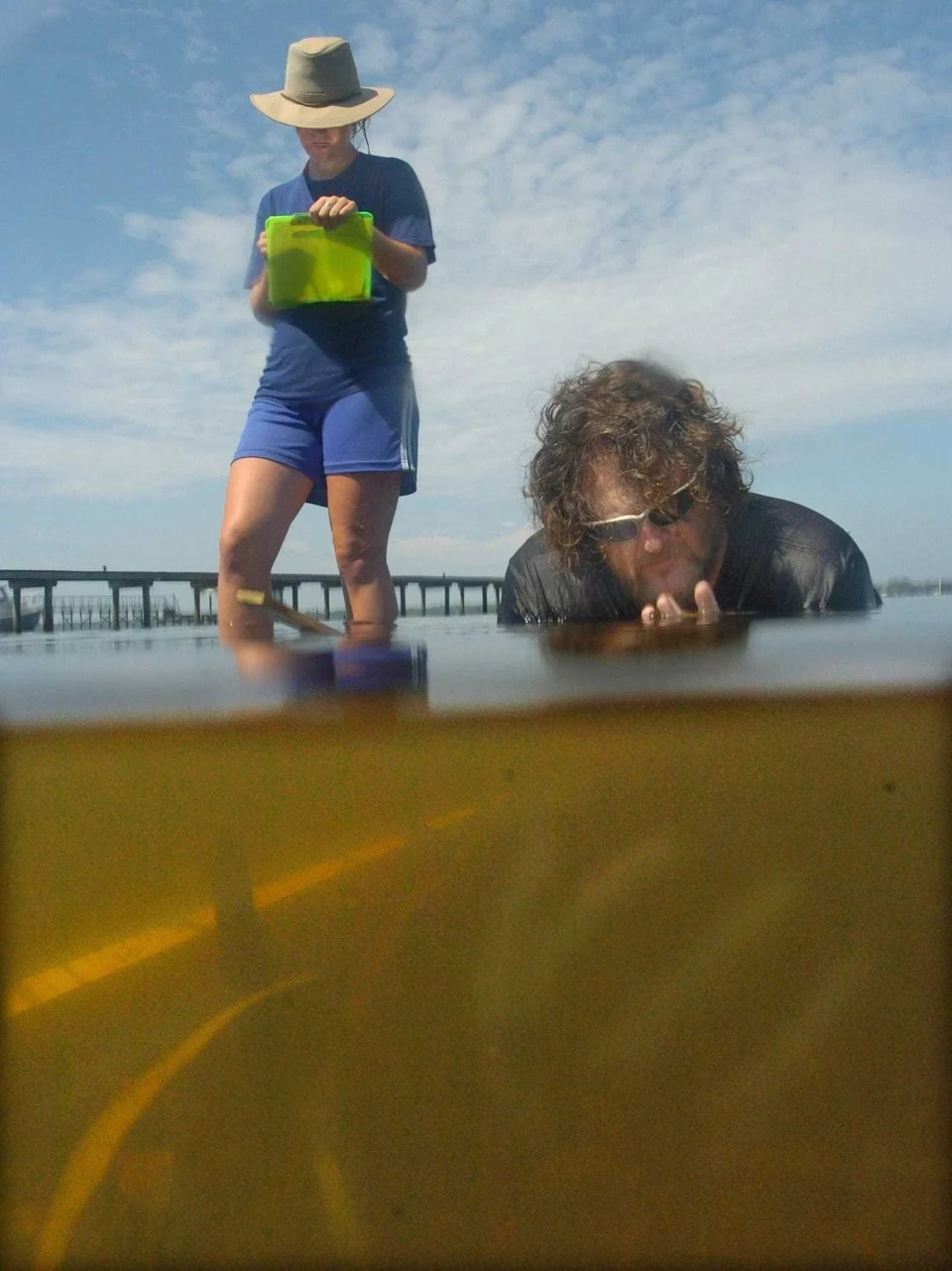
Here are some big concerns, boiled down.
What cleaning up biosolids costs
A court fight happening now between manatee-loving environmentalists and the Florida Department of Environmental Protection is the latest development in the waste wars.
But financial stakes were already clear in a July report from the Public Trust for Conservation, a Jacksonville-area environmental law nonprofit, that estimated communities around the St. Johns could spend $1.1 billion to $1.4 billion to offset phosphorus pollution flowing downstream from minimally treated sludge spread on farmland more than 100 miles south of Jacksonville.
Sludge impacts have been a hot-button subject for St. Johns advocates since 2018, after potentially toxic algae appeared at Blue Cypress Lake in Indian River County, near the river's starting point. The lake was also near land where biosolids were trucked for dumping by South Florida utilities once the state had forbidden dumping the waste closer to the Everglades.
The cost was an estimate of the amount needed over 40 years to lower phosphorus levels in the river to what they would have been without the dumping.
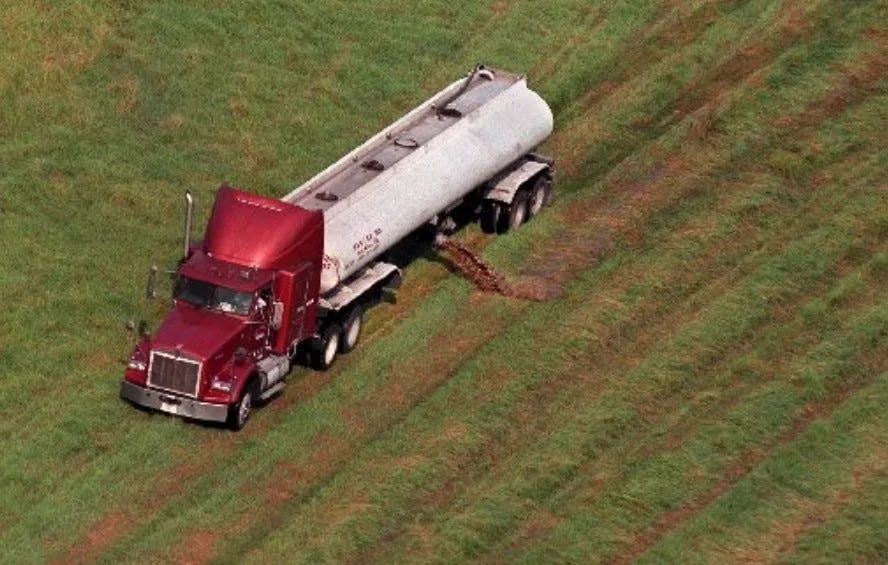
That's in addition to millions that communities like Jacksonville already need to spend to cut nitrogen and phosphorus seeping into rivers and creeks as septic tanks break down over time.
What waste in the St. Johns means for plants, fish
Nitrogen and phosphorus are the chemical foods that fuel algae growth, and blooms have covered waterways and triggered health advisories in Northeast Florida for years.
Some algae is natural, but Rinaman said unfamiliar varieties have been turning up recently and extra algae growth harms the river's underwater grass beds by blocking sunlight they need to grow.
The grass is used as shelter for some sea life, like crabs and small fish that spend early years of their lives in the St. Johns, which is a nursery for a huge share of fish species caught locally. If the grass stops growing, Rinaman said, Northeast Florida will lose a resource that has been an economic engine and a staple of anglers' lives for generations.
Why waste is a problem for manatees
Grasses like Vallisneria americana (eelgrass to most people) are also food sources for manatees. While there hasn't been a similar problem locally, a lack of grasses in the Indian River Lagoon ― which covers 156 miles of coastline from Volusia County to Martin County, but is separate from the St. Johns ― has led to starvation and deaths of many of the federally protected sea cows there.
Arguing that the state wasn't living up to federal rules, an environmental group called Bear Warriors United sued Florida's Department of Environmental Protection in federal court and won, at least for now. In May, a judge issued an order requiring the state to take new steps to ensure the sea cows' survival and banning the state from permitting any new construction involved installing septic tanks in a hard-hit part of the Indian River Lagoon unless the federal government issued its own "incidental take" permit authorizing the manatees' unplanned deaths. Florida's Department of Environmental Protection is fighting that order at an appeals court in Atlanta.
This article originally appeared on Florida Times-Union: Poop is a real environmental issue on Florida's east coast. Here's why

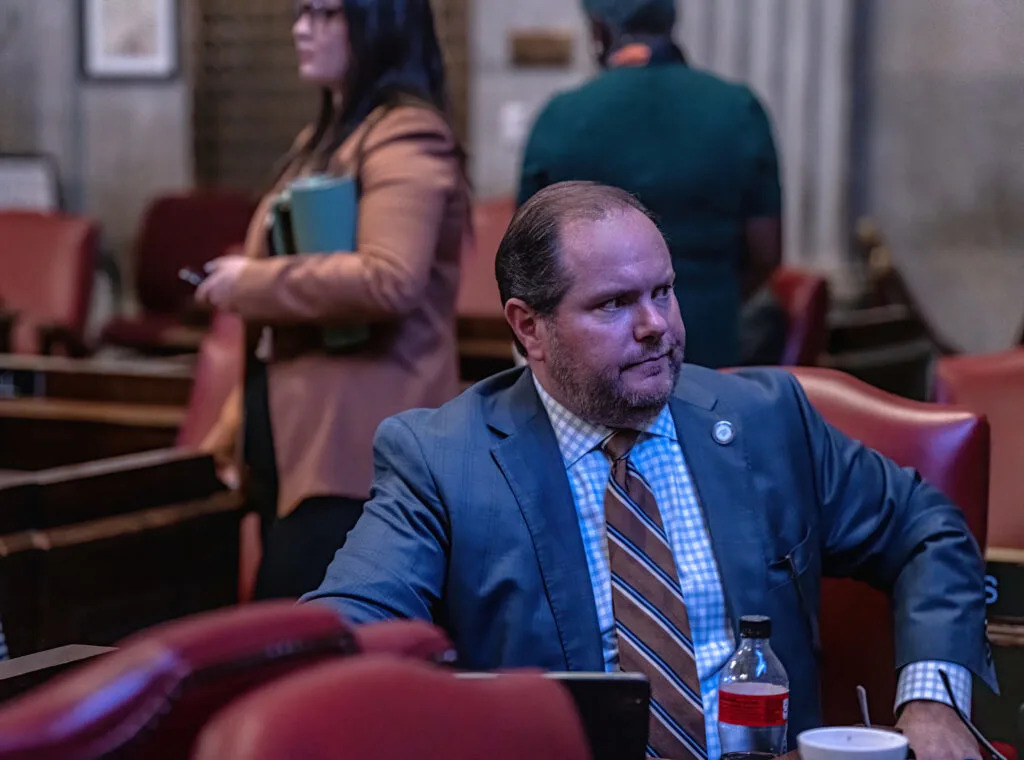
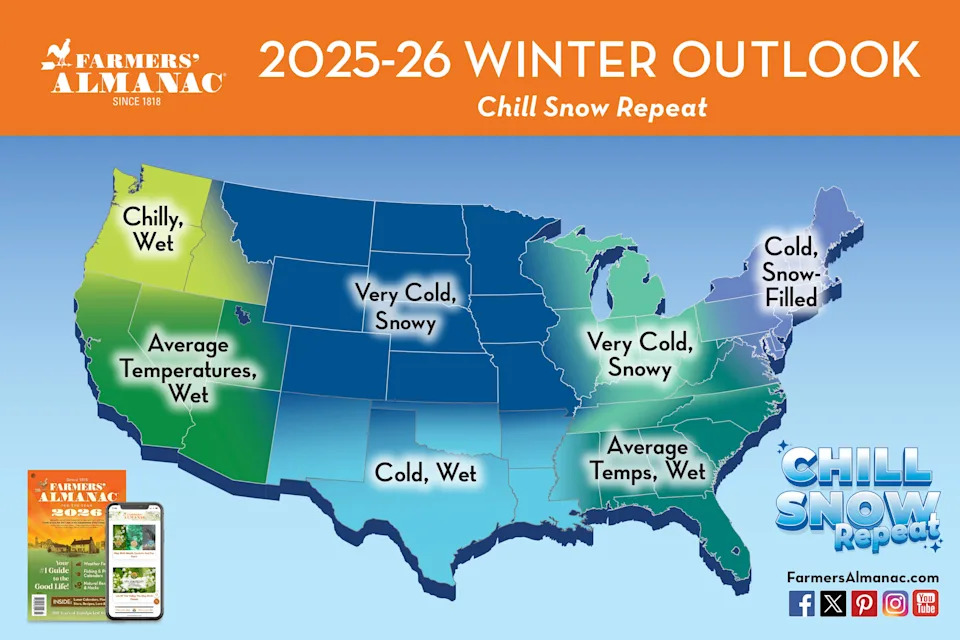
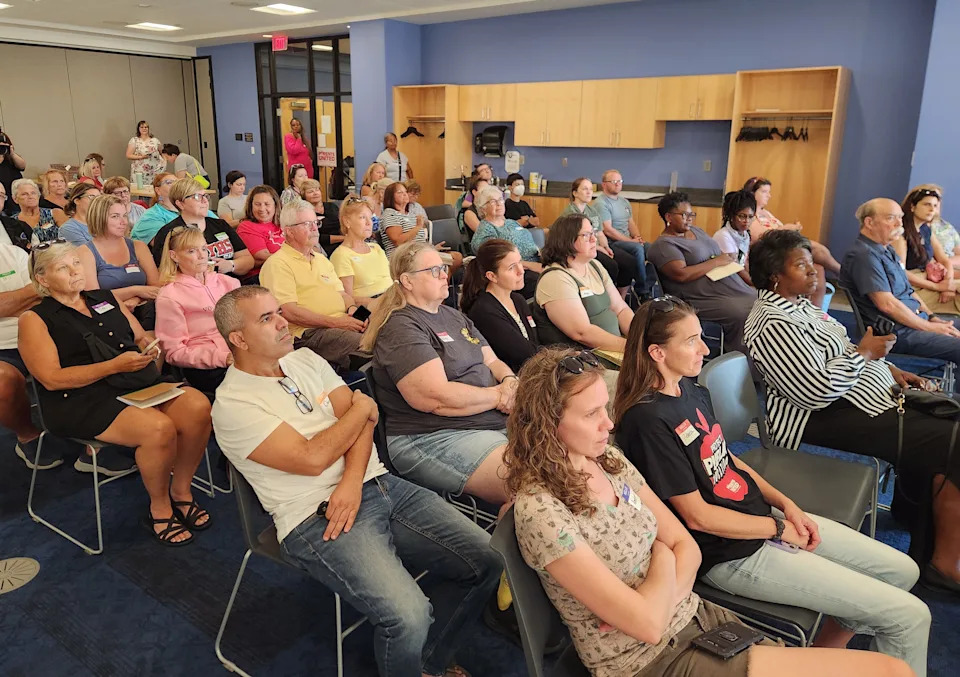

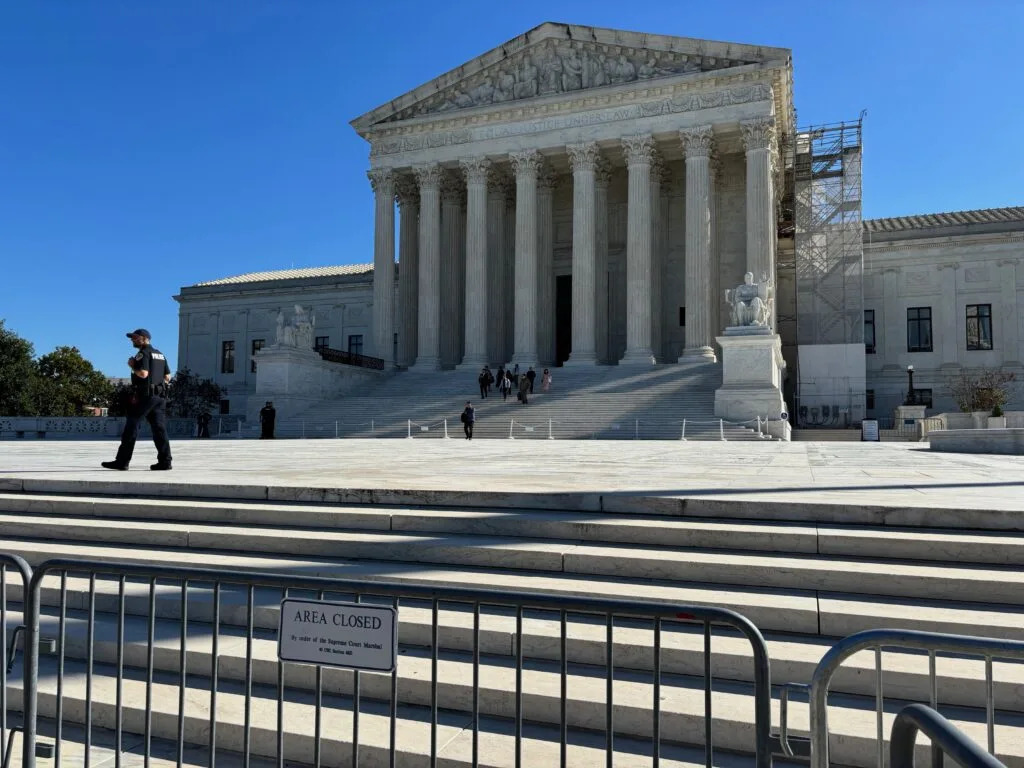


Comments